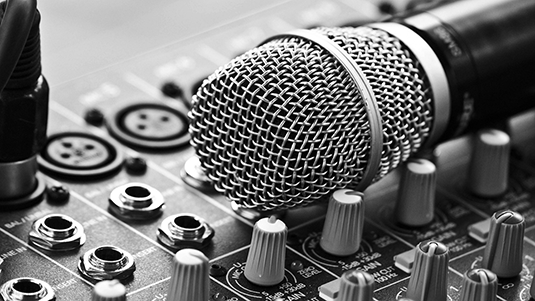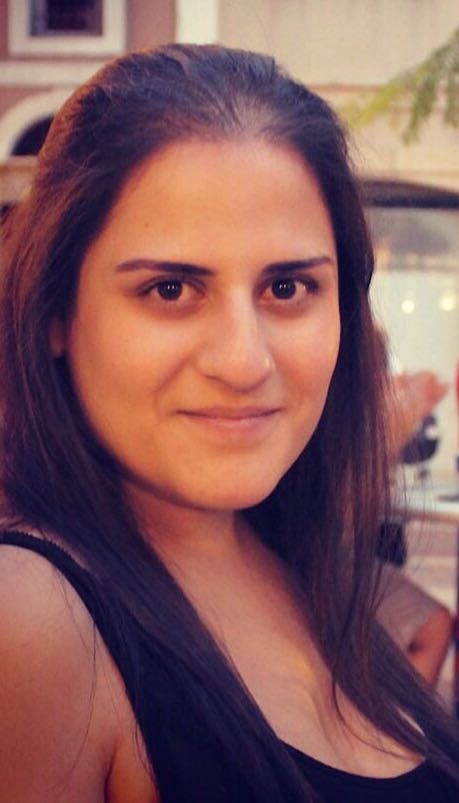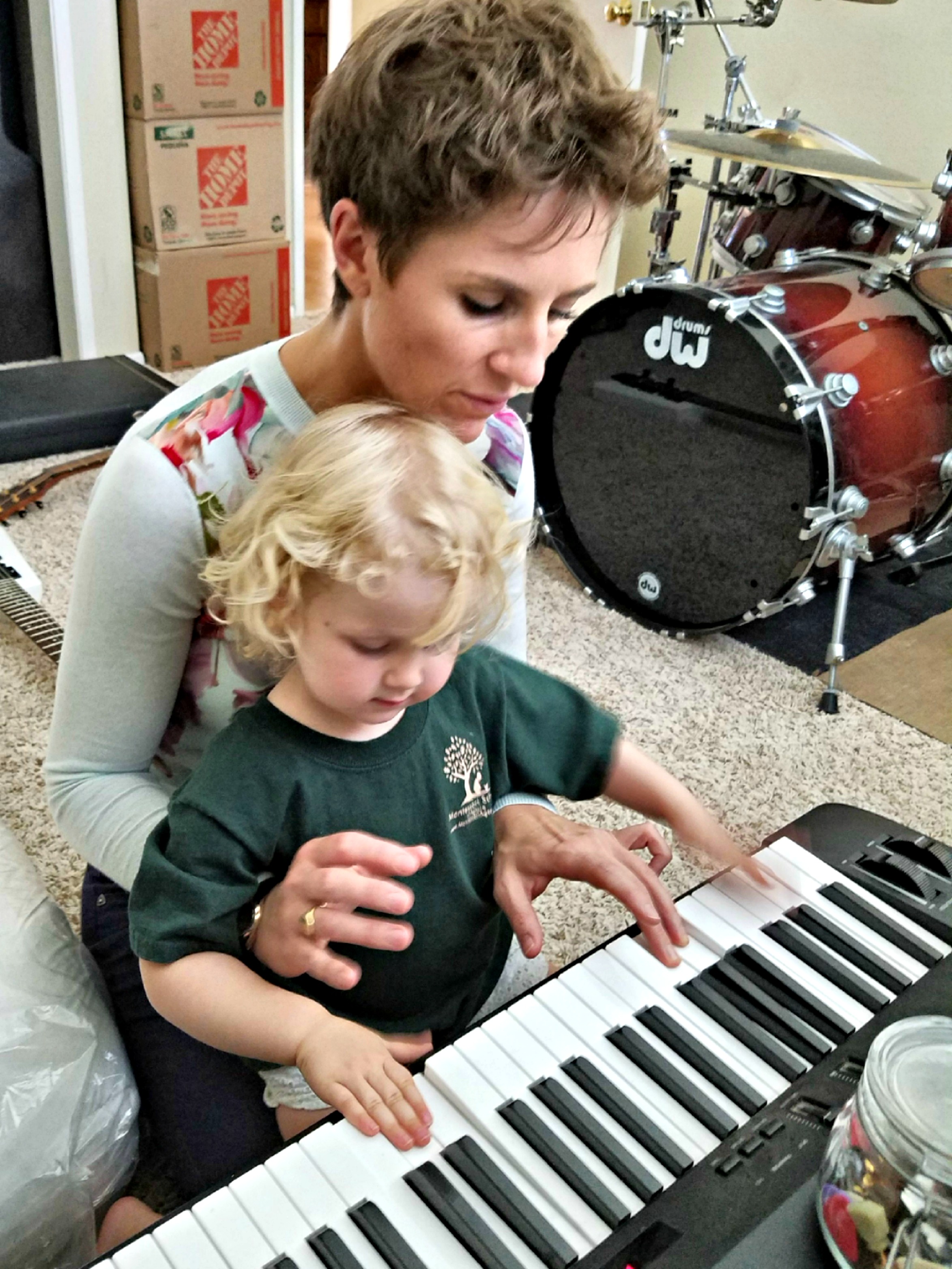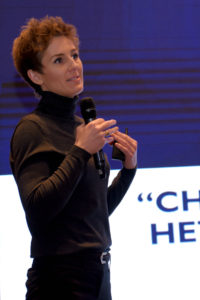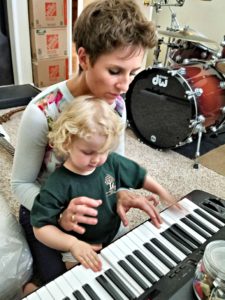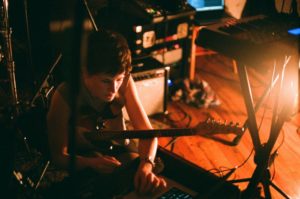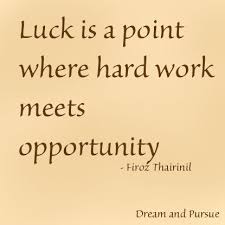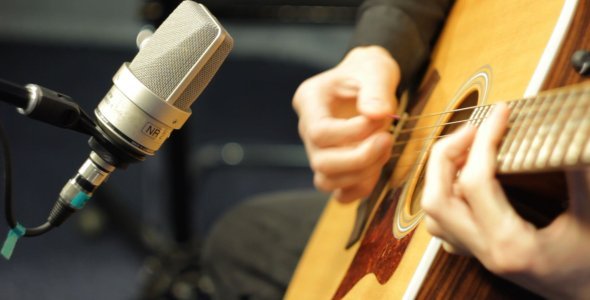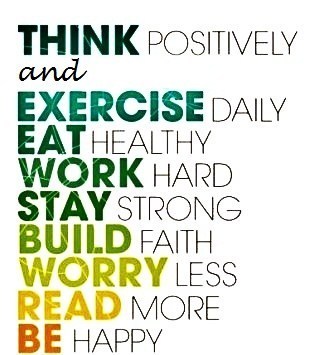
Live Fast, Stay Young!
A former reprobate’s guide to getting healthier on the road
Being a professional gypsy can be a lot of fun, but let’s face it, it’s not always conducive to optimum health. I lived an unhealthy life when I first started touring – in fact I had every bad habit available – but over the years I’ve figured out ways to love life on the road and look after myself at the same time. Here are the good-living tricks I’ve picked up along the way – I hope they give you some ideas if you’re trying to take better care of yourself!
Drink and drugs
Let’s start with the obvious. A lot of us drink more than is wise – it’s all too easy to get on the bus and have a few beers after a long day, and Roadie Friday can get messy as we all know. But even if you don’t get wasted on a regular basis, it’s a good idea to give your body a rest and have a few alcohol-free-days a week. It’s easier if there’s something healthy on hand that you like to drink instead – coconut water, kombucha, decaf and herbal teas are good, and I’m also a fan of alcohol-free beers. Sometimes you just want that ‘job well done’ feeling of a nice cold one, and there are more and more coming on the market these days.
As for cigarettes and drugs? There’s no middle ground really – you know what to do if you and your body want to stay friends. I found Allen Carr’s ‘Easy Way’ book a massive help in stopping smoking, and his stopping drinking one also altered my habits without me even trying. A great incentive to change bad habits is stashing the money you would have spent and treat yourself to something cool as an end-of-tour present instead!
Food
It’s usually relatively easy to eat well if you have tour catering, but it can be hit and miss if you don’t. Even with catering there are great and less-great options, so just be mindful and make the best choices you can – it’s never going to be perfect, but go for the most nutritious thing on offer. Juicers make frequent appearances in catering these days, so take advantage – use plenty of vegetables and not too much fruit to keep the sugar down. (I like to compete with myself to make the ultimate disgusto-juice – greens, beetroot, ginger, the hardcore stuff – the worse it tastes, the better it must be for you, right?!) If you’re at the mercy of local catering, which can be good and can be awful, then it’s helpful to have an emergency stash of healthy stuff. I keep things like nuts, protein bars, oatcakes, etc. in my tool drawers for bad-catering days – and in my suitcase as well, to stop me from monstering the overpriced hotel Pringles when I check in, and I’m ravenous!
I’m always hungry after load-out, and it can be hard to resist the temptation of stuffing my face with whatever’s going. I learnt a great healthy touring trick on a bus where some people wanted the usual load-out pizzas, and some wanted a change. We had a chat with production, and they agreed that we could halve the amount of pizza, and use the remainder of the budget for different things that we would put on the runner’s list. That worked brilliantly. We had a selection of items like vegetable crudites, hummus, nuts, crispbreads, dips, avocados, dark chocolate, etc.; whatever we fancied within reason and budget, and everyone was happy – it’s much easier to resist the siren call of cheesy carbs when there’s an alternative! If that’s not an option, you could buy your stash of healthier load-out snacks for the bus. Another favourite trick is eating light before the show and boxing up some of my dinner – sure, eating late at night isn’t ideal, but being realistic I know I’ll always want something, and it’s a better option than piling into the junk food at midnight!
Probiotic /vitamins
I take a multivitamin and supplements as an insurance policy, and I’m a big fan of taking a probiotic tablet each day, particularly when you’re traveling in far-flung places – it can help keep your digestion happy.
Exercise
Loading in and out is a workout in itself, and as we’re on our feet all day the general activity levels on the road are pretty high. Maximise the good work by taking advantage of hotel gyms on days off to get the cardio happening, or if that doesn’t appeal there are lots of online fitness classes, you can stream or download to do in your hotel room. Rubber resistance bands make a great portable alternative to weights, and a skipping rope takes up minimal room in your luggage. Alternatively, take yourself out for a brisk walk around the city, or if you’re near countryside you can join forces with a few others, rent a car and get out into nature!
My yoga practice has been a huge blessing – it’s free, I can do it just about anywhere, and all I need is my mat. I like to do an hour before work, or in the pre or post soundcheck pause. A dressing room is an ideal place, but I get creative – there’s almost always somewhere I can find a quiet spot, even if that’s a stairwell or a corner of the loading bay behind some stacked cases! The key is to remember that anything is better than nothing, and you’ll feel so much better afterwards.
Hide!
Part of the fun of touring is going out for dinner with the gang on a day off, but once in a while, it’s a treat to hibernate. Find a supermarket and get yourself a roadie buffet, or have some room service, watch a movie or box-set, chill out and have a luxurious early night!
And relax….
Guided relaxations are a lovely way to help you fall asleep and are a great entry point for meditation with all the associated benefits of stress reduction and improved sleep. You could try one of the many Youtube guided relaxations or podcasts that are available for free or download an app that you can listen to on headphones in your bunk. (This has the bonus of drowning out the collective farting and snoring.)
Overall, be inventive and experiment! Rome wasn’t built in a day, but just making one or two changes can make a big difference to how you feel every day, and help you to live fast and stay young!
